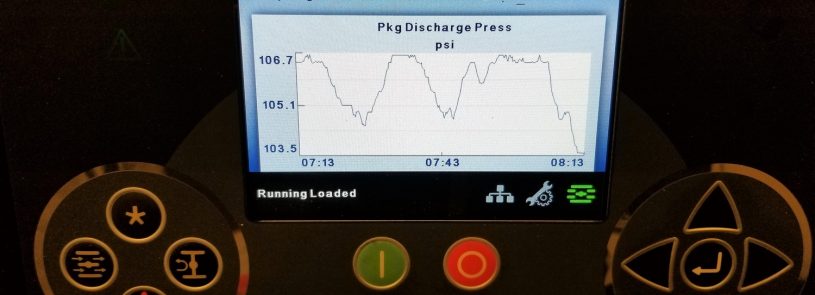Evaluate compressed air system to optimize efficiency and reduce costs

By Luke Streit
A compressed air system evaluation can point owners and facilities engineers in the right direction to ensure their plant is operating efficiently and reliably. But the requirements of an effective industrial compressed air system vary depending on a facility’s size, air quality requirements, minimum demand pressure, and other site-specific criteria.
When evaluating your facility’s compressed air system, it’s important to consider these factors:
Your compressed air quality. Some facilities, like factories using pneumatic tools and conveyance, do not require the same high-quality air as food processing or testing facilities.
Water vapor. Because it can’t be filtered out of the system, water vapor must be condensed out or absorbed from the airstream using either a refrigerated or desiccant air dryer.
Energy-saving potential. Improving the efficiency of compressed air systems may save you a small percentage of energy cost per cubic feet per minute (cfm), but eliminating unnecessary compressed air consumption saves 100 percent of the energy cost for the cfm saved.
If you suspect your system has excessive leakage or is underperforming, walk through your facility when manufacturing processes are off and listen – compressed air leaks make noise, and you may be able to hear major leaks.
Evaluating your compressed air system can increase the efficiency of your facility and prevent costly repairs down the road. To learn more about how air quality affects a compressed air system’s energy use and how to evaluate your system, read our article “Compressed air audit optimizes efficiency,” published in Consulting-Specifying Engineer magazine.












